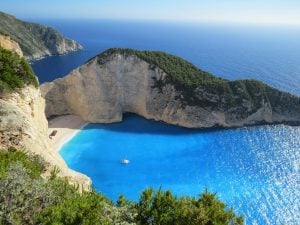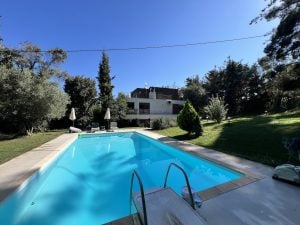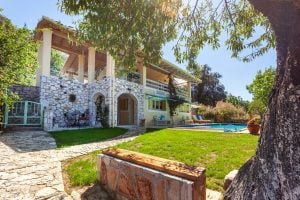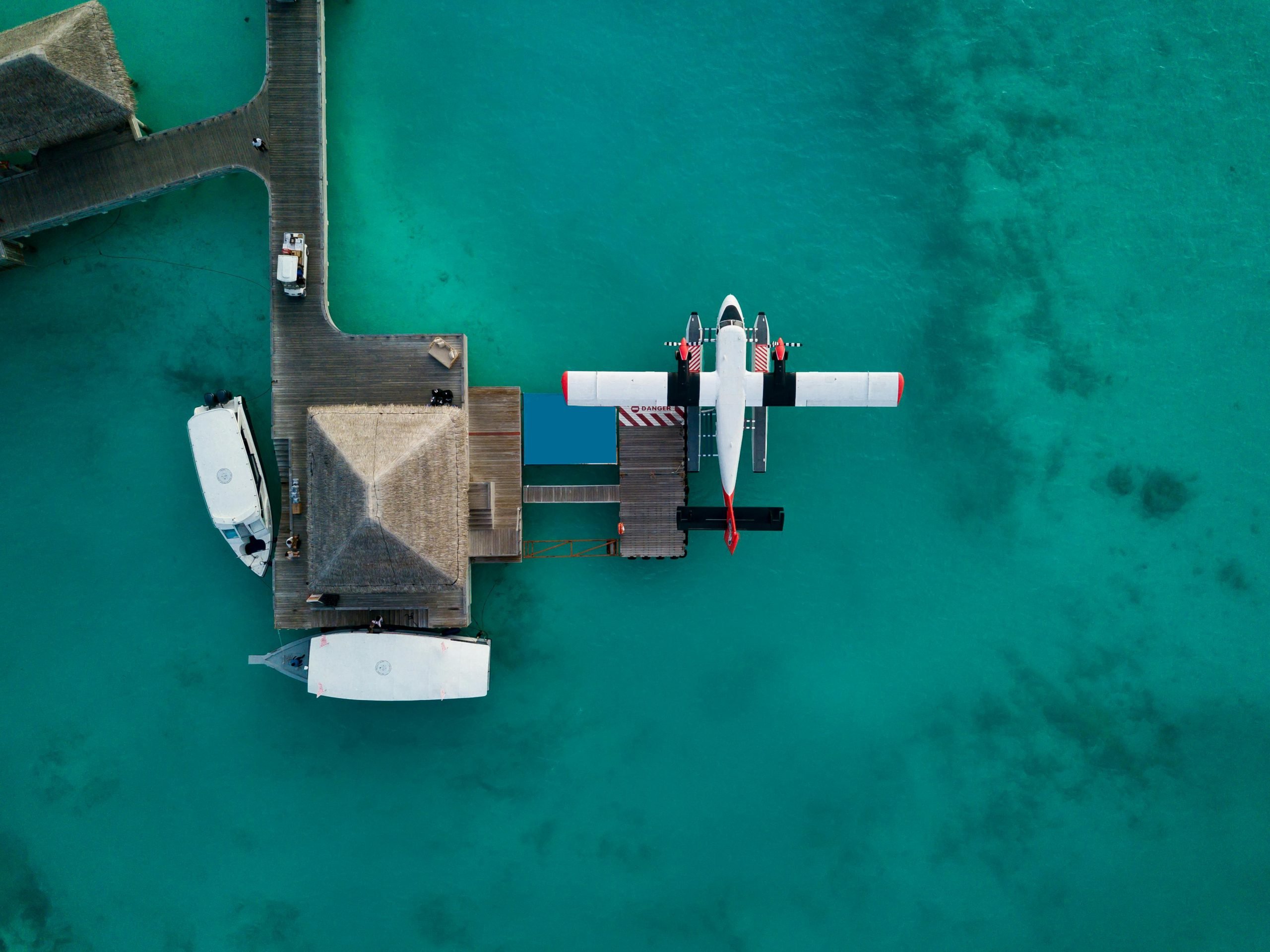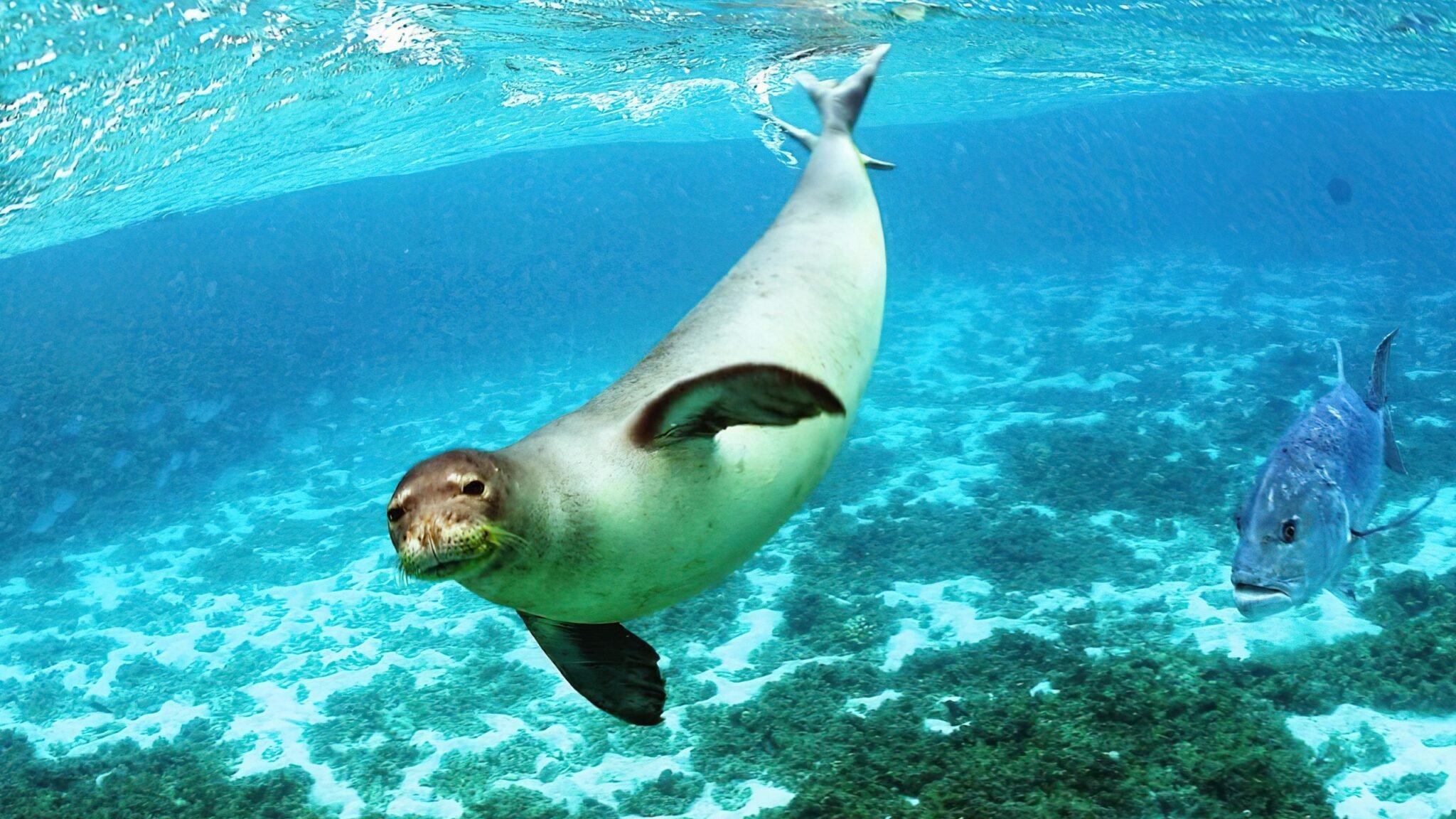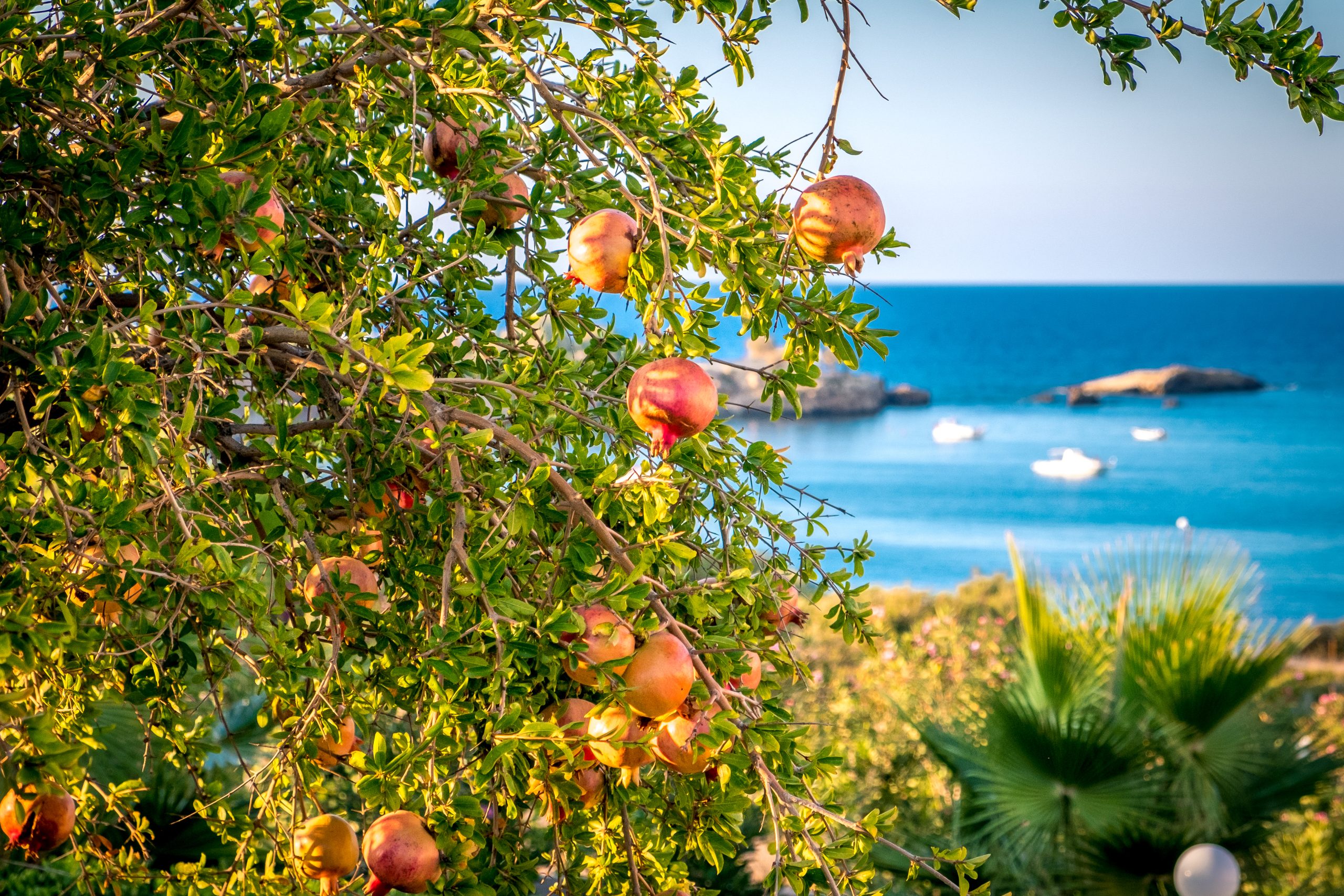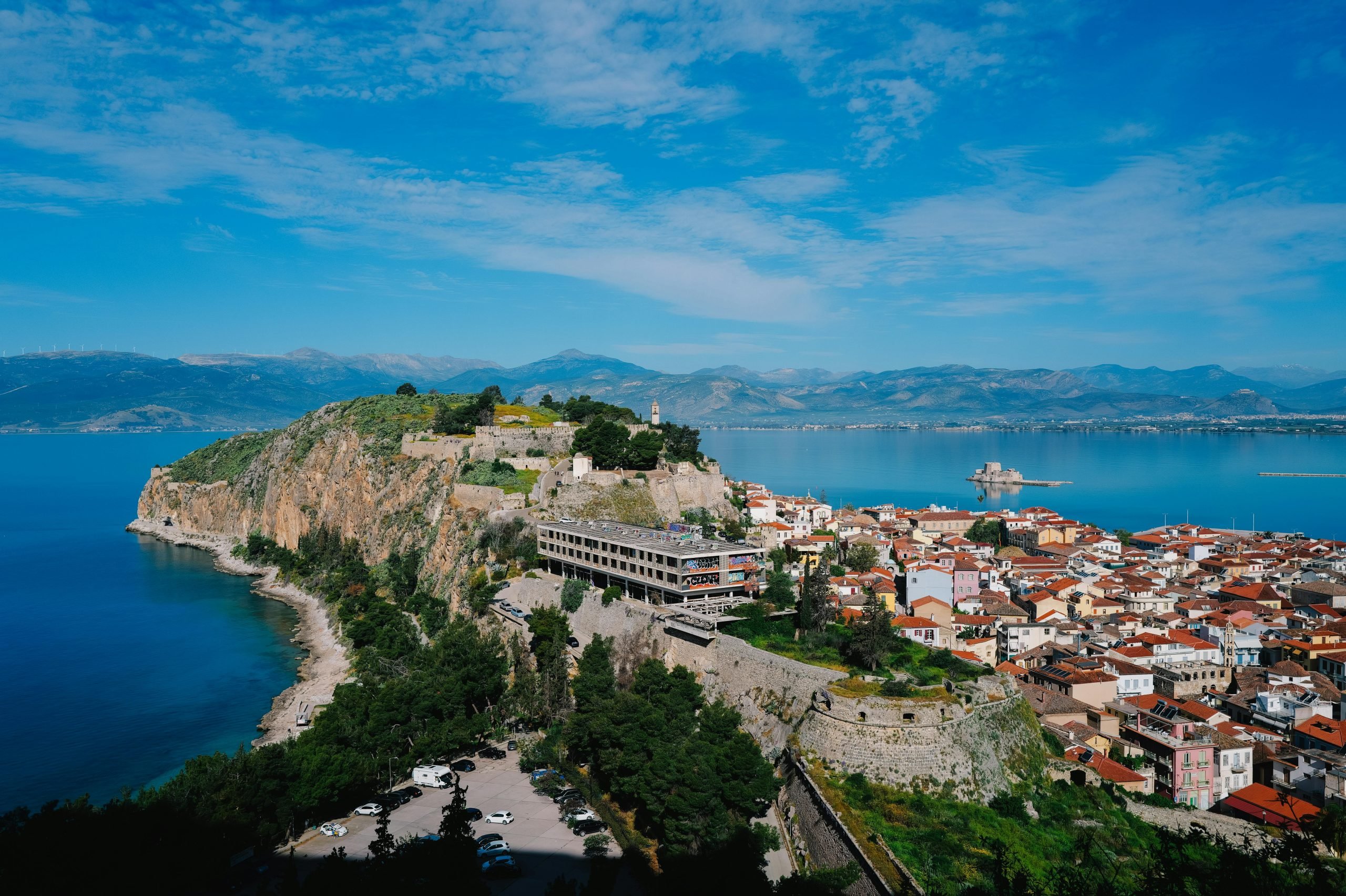Halkidiki (sometimes spelled as Chalkidiki) is a peninsula in northern Greece which is found to the East of Thessaloniki. It is 120 kilometers long and has 3 “legs” which protrude into the Mediterranean Sea. Depending on which part of the peninsula you find yourself on, you’ll be surrounded either by beach bars, nightclubs, or centuries-old Byzantine monasteries. The one commonality between every part of Halkidiki is the great wine.
Wine has been crafted in Halkidiki since the times of antiquity. In the 20th century, a phylloxera epidemic destroyed many of the grapevines, but the industry has been restored to the glory of its past. The following are the best places to stop on your wine journey through Halkidiki.

Sithonia
Sithonia is found on the second leg of Halkidiki. The climate is classically Mediterranean and so the grapes are treated to long summers and short winters. The soil in Sithonia is nutrient-rich and does not retain water well. Some of the most famous wines in Sithonia are from Moschofilero and Robiola grapes. Among the well-known wine varietals from here are Xinomavro, Cabernet Sauvignon, and Merlot. Limnio, which is mentioned in Aristotle’s writings, is also found here.
One of the best wineries in the area of Sithonia to visit is the Domaine Porto Carras, which is one of the largest in Europe, hosting 28 varieties of grapes. They are known for their high quality, highly aromatic, and balanced wines. Among the best wines in their cellars are Cabernet Sauvignon, Cabernet Franc, Sauvignon Blanc, Merlot, and Syrah.

Kassandra
In the Kassandra municipality of Halkidiki, the vineyards are located on low hills. The grapevines have a view of the sea and the main varietals of this area are Roditis, Sauvignon Blanc, Xinomavro, and Cabernet Sauvignon. The warm climate and humidity from the sea make the sunny slopes of Kassandra an ideal spot for producing quality wines. The Tsantali Vineyards, the largest winery of Greece, is located in the town of Agios Pavlos on an estate of 4,750 hectares. The winery, owned by the Tsantali family, also distills ouzo and tsipouro.

Mount Athos
Mt. Athos is the top leg of the Halkidiki peninsula. It is made up of a string of monasteries which were built in Byzantine times. For the monks who live there, wine is a major part of life in the monasteries because it is used for Holy Communion and is served with almost every meal during non-fasting periods.
Athonite wines are known for their rich aroma. The climate and rains make the vineyards fertile and allow for the creation of some of the best wines in Greece. Wines from Athos are protected by the PGI (Protected Geographical Indication) and are often referred to as “Agioritikos.”
The Athonite wines are distinguished for their rich aroma and full-bodied aftertaste. The varieties found here include Assyrtiko, Limnio, Athiri, Xinomavro, and Cabernet Sauvignon.

Food to Pair with Halkidiki Wines
Kakavia (Fisherman’s Stew)
Kakavia is a hearty fisherman’s soup – a simple dish made with small fish and vegetables from local gardens. Extra ingredients might include wild herbs that are on hand or in season, like wild onion or dandelion. Some say that the fishermen in times past added a bit of sea water to the broth. The name of the plate comes from the work “kakavi”, which is the pot used to cook the dish.

Marides Tiganites (Fried Fish)
This dish features fried fish (either sardines or small fish) which are drizzled with lemon and sometimes served with a sauce. It is a typical Greek meze and is found in many tavernas, especially in fishing villages. It paris exceptionally well with Halkidiki’s white wines.
Arni me Patates sto Fourno (Lamb with Potatoes)
This dish is a crowd pleaser. It features oven-roasted potatoes and a leg of lamb, and is seasoned with olive oil and herbs. Arni me patates is typically made for family gatherings on feast days and other major celebrations. It is sometimes served with salad or bread on the side. Of course, a red wine from the Halkidiki peninsula is a necessary pairing for this dish! For other Greek recipes, see our full feature article here.


